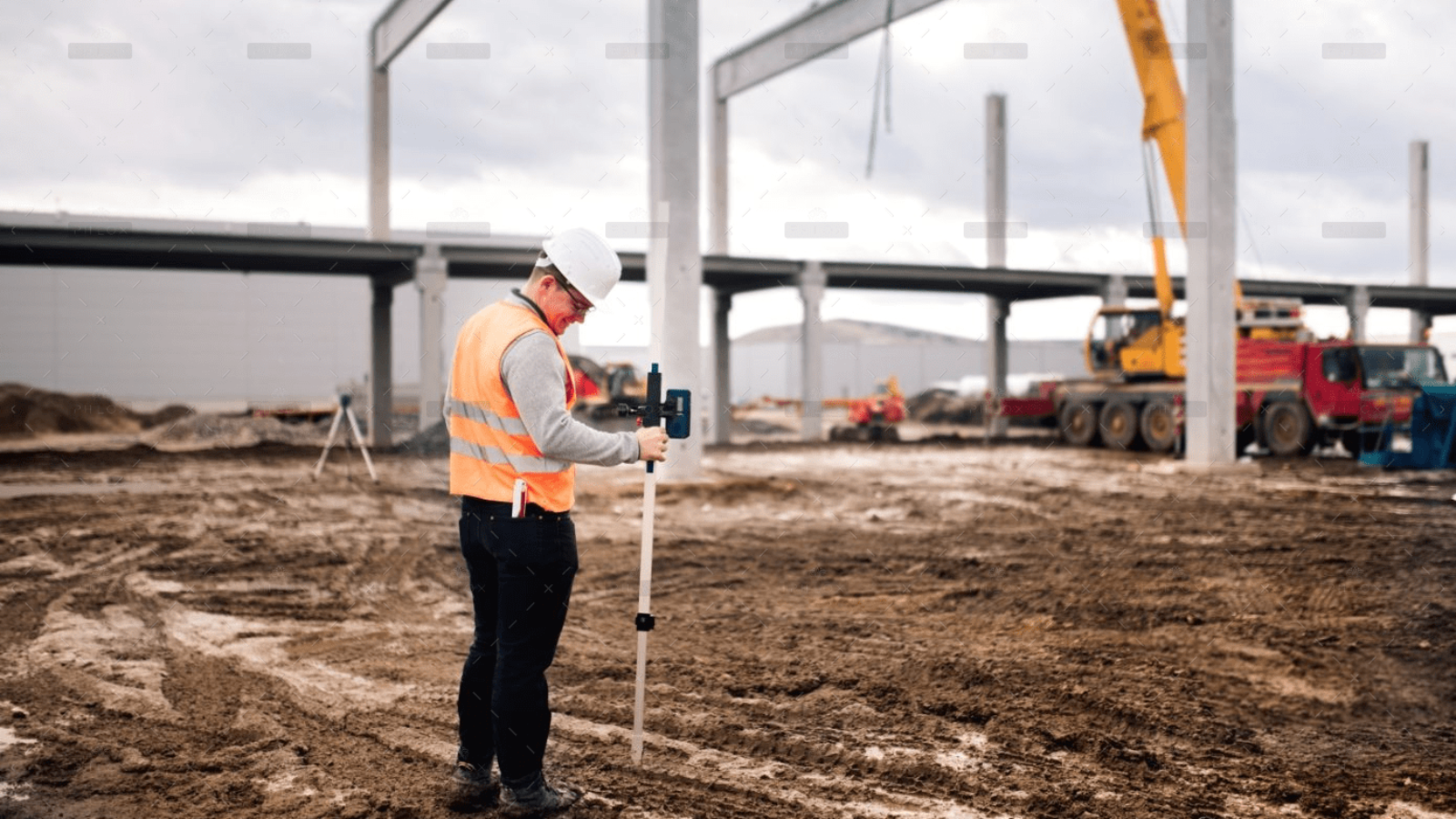Leaky linkages in plumbing systems can be a homeowner’s nightmare, leading to wasted water, potential water damage, and increased utility bills. Whether it’s a dripping faucet, a leaking pipe joint, or a malfunctioning toilet, addressing linkage problems promptly is essential to prevent further damage and conserve resources. In this guide, we’ll explore common linkage issues and provide practical solutions to fix them effectively.
Identify the Source of the Leak: Before you can fix a leakage problem, you need to pinpoint its source. Inspect your plumbing fixtures, pipes, and connections for signs of water leakage, such as dampness, water stains, or puddles. Sometimes leaks can be hidden, so pay attention to any unusual sounds like dripping or hissing.
Dripping Faucets: A dripping faucet is not just annoying; it can waste gallons of water over time. In many cases, a worn-out or damaged washer is the culprit. Turn off the water supply to the faucet, disassemble it carefully, and inspect the washer for signs of wear or damage. Replace the washer if necessary and reassemble the faucet tightly to prevent leaks.
Leaking Pipe Joints: Pipe joints are common areas for leaks to occur, especially in older plumbing systems. If you notice water dripping from a pipe joint, try tightening the fittings with a wrench. If the leak persists, you may need to replace the damaged seals or connectors. Consider using plumber’s tape or sealant for additional reinforcement.
Running Toilets: A running toilet not only wastes water but can also indicate a faulty linkage mechanism. Lift the toilet tank lid and inspect the flush valve, flapper, and chain. Ensure that the flapper is sealing properly after each flush and adjust the chain length if necessary to prevent it from getting caught or tangled.
Clogged Drains: Clogged drains can cause water to back up and leak around sink or bathtub drains. Use a plunger or plumbing snake to clear minor clogs. For stubborn blockages, consider using a chemical drain cleaner or calling a professional plumber for assistance.
Frozen Pipes: In colder climates, frozen pipes can burst and cause extensive water damage. If you suspect that your pipes are frozen, turn off the water supply to the affected area and thaw the pipes slowly using a hairdryer or space heater. Insulate exposed pipes to prevent future freezing.
Pressure Relief Valve Leaks: Pressure relief valves are designed to release excess pressure from water heaters to prevent explosions. If you notice water dripping from the pressure relief valve, it could indicate high water pressure or a faulty valve. Test the pressure using a pressure gauge and adjust it to the recommended level. If the valve continues to leak, consider replacing it.
Professional Assistance: Some linkage problems may require the expertise of a licensed plumber. If you’re unsure how to fix a leak or if the problem persists despite your efforts, don’t hesitate to seek professional help. A qualified plumber can diagnose the issue accurately and implement appropriate solutions to prevent further damage.
In conclusion, fixing linkage problems in your plumbing system requires patience, careful observation, and the right tools. By identifying the source of the leak and implementing timely repairs, you can prevent water wastage, avoid costly water damage, and maintain a healthy and efficient plumbing system in your home. Remember, regular maintenance and proactive troubleshooting are key to keeping your plumbing in top condition.


